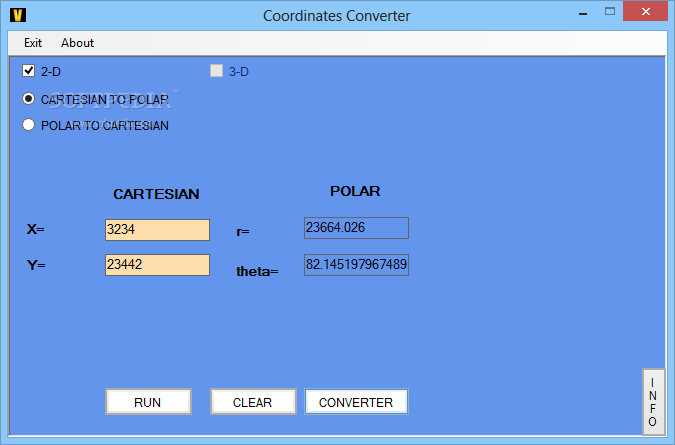

I have created ROI using your comments above, overlaid it on MNI152_T1_1mm.

Thanks a lot for your tutorials-great, clear and better than Nutella:). Thanks to alert viewer danieldickstein, which, due to its juvenile reference to the male member, cannot possibly be his real name. Now you can extract data such as parameter estimates from this ROI, using techniques similar to those covered in previous tutorials about ROIs. Once that is all done, use fslview to open up a template in your normalized space, and overlay your newly created sphere double-check to make sure that it is in roughly the location where you think it should be. The previous step creates a sphere, but with small intensities this can be problematic if you do a featquery analysis that allows weighting of the image.
ZGIRLS NAME TO COORDS CONVERTER UPDATE
Update on : To make it a binary mask, execute one more command: fslmaths -bin ACCsphere_.(Example command: fslmaths ACCpoint -kernel sphere 5 -fmean ACCsphere -odt float) Use the -fmean command, for reasons that are to remain mysterious, and provide a label for your output data set. Using fslmaths again, input the file containing the point created in the previous step, and specify a sphere of radius N (in millimeters) to expand around that point.(Example command: fslmaths -mul 0 -add 1 -roi 45 1 74 1 51 1 0 1 ACCpoint -odt float) Give the output file a name, and make sure that the output data type ('odt') is set to float. This command requires the template space that you warped to, as well as the actual x-, y-, and z-coordinates corresponding to the MNI coordinates. After you have written down your voxel coordinates, create a point at those coordinates using the fslmaths command.Step one is to find the corresponding voxel coordinates for your MNI coordinates, which may be based on peak voxel activation from another study, for example to do this, open up FSLview, type in your MNI coordinates, and write down the corresponding voxel coordinates (these are shown in the bottom-left corner of FSLview).
ZGIRLS NAME TO COORDS CONVERTER HOW TO
Previously we covered how to create regions of interest (ROIs) using both functional contrasts and anatomical landmarks however, FSL can also create spheres around voxel coordinates, similar to AFNI's 3dcalc or SPM's marsbar.


 0 kommentar(er)
0 kommentar(er)
